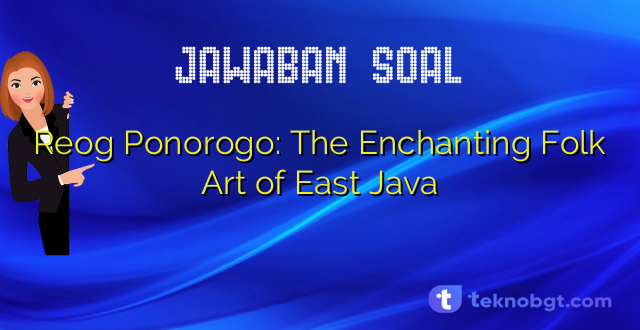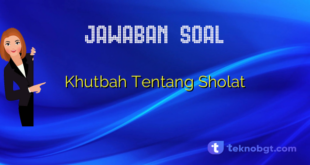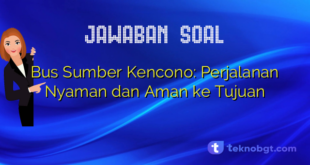Indonesia is a country rich in cultural diversity, and one of the fascinating folk arts that can be found here is Reog Ponorogo. Originating from Ponorogo, a regency in East Java, Reog Ponorogo is a unique blend of dance, music, and theatre that has been passed down from generation to generation.
The History of Reog Ponorogo
Reog Ponorogo has a long history dating back to the 16th century. Legend has it that the dance was created by a powerful warrior named Ki Ageng Kutu, who was seeking a way to boost the morale of his troops. He combined the strength of the lion, the grace of the peacock, and the agility of the monkey to create the dance.
The Characters of Reog Ponorogo
There are several characters that perform in Reog Ponorogo. The most iconic character is the Jathil, a horse rider who wears a colourful costume and a towering headdress made of peacock feathers. The headdress can weigh up to 50 kilograms and requires great skill to balance. The other characters include the Kelono Sewandono (the lion), Bujanganom (the peacock), and Warok (the clown).
The Performance of Reog Ponorogo
The performance of Reog Ponorogo is a spectacle to behold. It starts with the sound of the kendang (a traditional drum) and the gong, followed by the entrance of the characters. The Jathil, with his towering headdress, performs acrobatic feats while riding a wooden horse. Meanwhile, the Kelono Sewandono dances with strength and agility, and the Bujanganom displays the grace of a peacock. The Warok provides comic relief with his antics.
The Music of Reog Ponorogo
Music is an integral part of Reog Ponorogo. The kendang and the gong provide the rhythm, while the saron (a traditional xylophone) and the bonang (a set of gongs) provide the melody. The music is loud and energetic, adding to the excitement of the performance.
The Costume of Reog Ponorogo
The costume of Reog Ponorogo is as colourful and vibrant as the performance itself. The Jathil’s costume is made of silk and decorated with sequins and beads. The headdress is made of peacock feathers, which are carefully woven together. The Kelono Sewandono’s costume is made of tiger skin, while the Bujanganom’s costume is made of peacock feathers. The Warok’s costume is simple, with a white shirt and a sarong.
The Significance of Reog Ponorogo
Reog Ponorogo is not just a form of entertainment; it also has cultural and spiritual significance. The dance is performed during important events such as weddings, harvest festivals, and other ceremonies. It is believed that the dance brings good luck and prosperity to the community.
The Challenges Faced by Reog Ponorogo
Despite its rich history and cultural significance, Reog Ponorogo is facing several challenges. One of the challenges is the cost of the performance. The elaborate costumes and headdresses are expensive to make, and the music requires a skilled musician. Another challenge is the lack of interest among the younger generation. Many young people are more interested in modern forms of entertainment, such as movies and video games.
The Future of Reog Ponorogo
Despite the challenges, there is hope for the future of Reog Ponorogo. Efforts are being made to promote the dance and to attract a younger audience. Modern technology is being used to create digital content that showcases the beauty and excitement of Reog Ponorogo. There are also plans to make the dance more accessible to tourists, which could help to boost the local economy.
Conclusion
Reog Ponorogo is a fascinating folk art that has been passed down from generation to generation. It is a unique blend of dance, music, and theatre that showcases the strength, grace, and agility of the performers. Despite the challenges it faces, there is hope for the future of Reog Ponorogo. With the right support and promotion, this enchanting folk art can continue to thrive for generations to come.
ArtikelReog Ponorogo: The Enchanting Folk Art of East Java
© Copyright 2023 TEKNOBGT.COM














